
Enchanting Kaleici: Antalya's Historic Heart
Discover Kaleici in Antalya: A captivating old town where history meets modern charm, offering a unique blend of Roman, Byzantine, Seljuk, and Ottoman influences.
Kaleici, nestled in the vibrant city of Antalya, is a charming maze of narrow streets and ancient architecture that transports visitors back in time. This well-preserved old town is surrounded by historic city walls and offers a delightful mix of Roman, Byzantine, Seljuk, and Ottoman influences. The cobblestone streets are lined with beautifully restored houses, now home to boutique hotels, cafes, and artisan shops, making it a perfect spot for leisurely strolls. One of Kaleici's highlights is the Hadrian's Gate, a grand triumphal arch built in honor of the Roman Emperor Hadrian's visit in 130 AD. As you wander through the gate, you'll be greeted by a plethora of historic sites, including the picturesque Yivli Minare Mosque with its fluted minaret, the 18th-century Tekeli Mehmet Pasa Mosque, and the ancient harbor, which has been transformed into a lively marina. The marina offers stunning views of the Mediterranean Sea and the Taurus Mountains, making it an ideal place to relax and enjoy a meal with a view. Kaleici is also home to various museums, such as the Suna-İnan Kıraç Kaleiçi Museum, showcasing ethnographic exhibits, and the Antalya Museum, which houses an impressive collection of artifacts from the region's rich history. With its blend of historical charm and modern amenities, Kaleici is a must-visit destination for anyone exploring Antalya.
Local tips in Kaleici
- Wear comfortable shoes to navigate the cobblestone streets.
- Visit early in the morning to avoid crowds and enjoy the peaceful ambiance.
- Don't miss Hadrian's Gate and the historic marina for stunning photo opportunities.
- Try local delicacies at the quaint cafes and restaurants scattered throughout the neighborhood.
- Explore the smaller, less-visited side streets for unique artisan shops and hidden gems.
Iconic landmarks you can’t miss
Hidirlik Tower
Discover the historical charm and stunning views offered by Hidirlik Tower, a must-visit landmark in Antalya's rich cultural landscape.

Kaleici Panoramic Elevator
Discover breathtaking views of Antalya's historic Kaleici district and the Mediterranean Sea at the Kaleici Panoramic Elevator, a must-visit scenic spot.
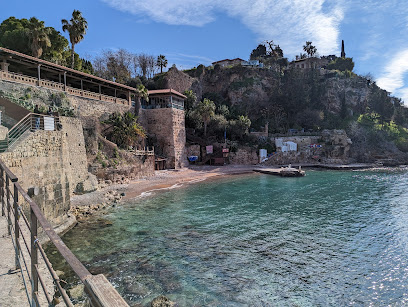
Suna & İnan Kıraç Kaleiçi Museum
Discover the rich cultural heritage of Antalya at the Suna & İnan Kıraç Kaleiçi Museum, where history comes alive through fascinating exhibits and beautiful architecture.
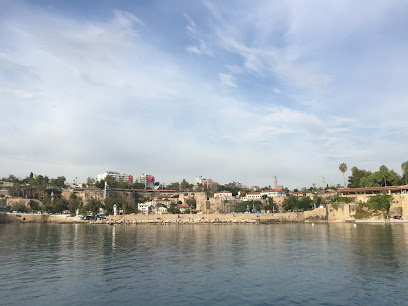
Kale Kapısı Saat Kulesi
Discover the rich history and stunning architecture of Kale Kapısı Saat Kulesi, a captivating museum in Selçuk that showcases the cultural heritage of the region.
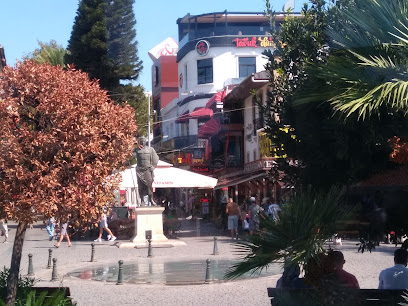
İmaret madrasa
Explore İmaret Madrasa, a historical landmark in Antalya, where rich cultural heritage meets stunning Islamic architecture.
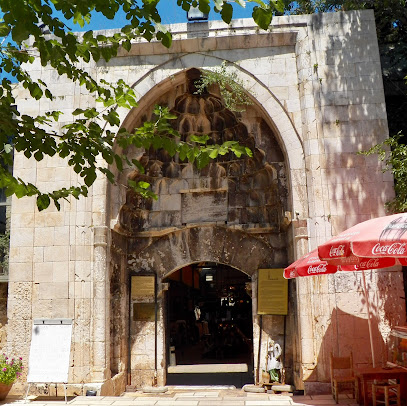
Atabey Armağan Medresesi
Discover the historical elegance of Atabey Armağan Medresesi, a 15th-century medrese in Antalya, showcasing stunning architecture and rich cultural heritage.
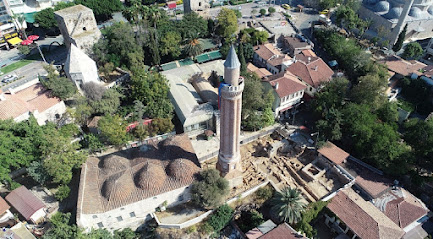
Republic Mansion
Explore the historic charm of Republic Mansion in Antalya, a beautifully preserved landmark that reflects Turkey's rich cultural heritage.
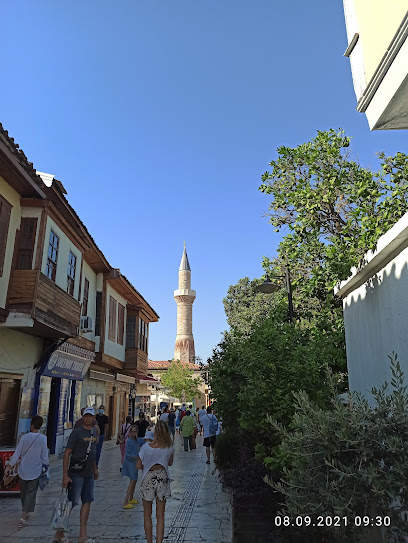
Korkut Cami(Panagia Kilisesi)
Explore Korkut Cami (Panagia Kilisesi) in Antalya, a historical landmark that beautifully showcases the region's rich cultural heritage and architectural splendor.
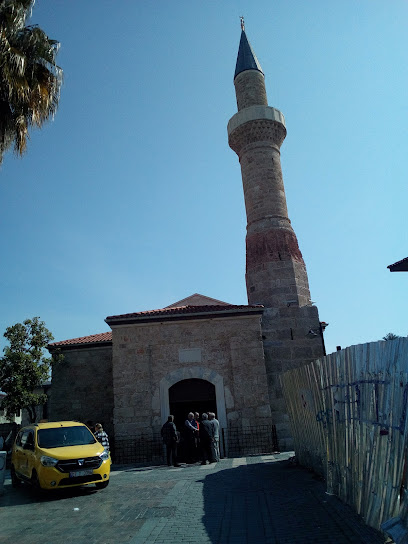
Tophane bastion
Uncover the historical significance and breathtaking views at Tophane Bastion in Antalya, a must-visit attraction for every traveler.

Heart of antalya
Explore the Heart of Antalya, a captivating historical landmark that reflects the rich cultural heritage and architectural beauty of this ancient city.

Unmissable attractions to see
Antalya Aquarium
Explore the enchanting underwater world at Antalya Aquarium, one of the largest aquariums in the world, located by Konyaaltı Beach.
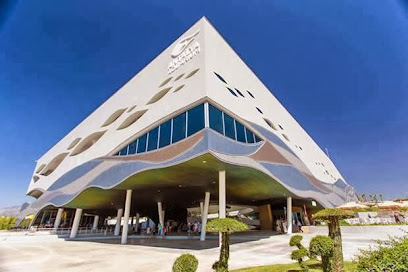
Karaalioglu Park
Explore the natural beauty and serene atmosphere of Karaalioglu Park in Antalya, where lush gardens meet stunning Mediterranean views.
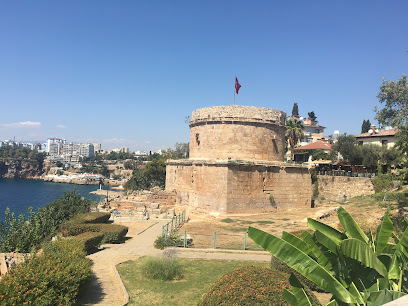
Antalya Kaleiçi Ancient City & Marina
Discover the enchanting blend of history and modernity at Antalya Kaleiçi Ancient City & Marina, a must-visit destination on Turkey's stunning coast.
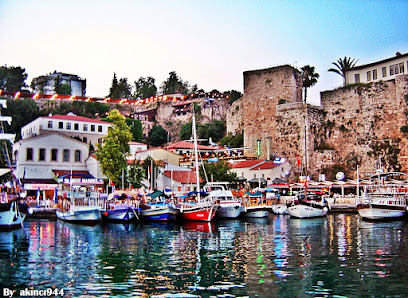
Antalya Archaeology Museum
Explore the rich history of Turkey at the Antalya Archaeology Museum, showcasing artifacts from ancient civilizations in a stunning setting.
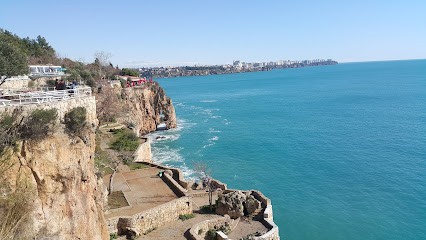
Hidirlik Tower
Discover Hidirlik Tower, an ancient Roman watchtower in Antalya, offering stunning views of the Mediterranean and a glimpse into the region's rich history.

Yavuz Ozcan Park
Discover Yavuz Ozcan Park, Antalya's serene urban oasis, where nature flourishes amidst stunning landscapes and recreational activities await.
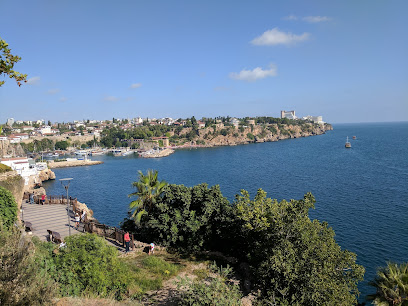
Kaleici Panoramic Elevator
Discover breathtaking views of Antalya's Kaleici from the Panoramic Elevator, a must-see scenic spot for every traveler in Turkey.
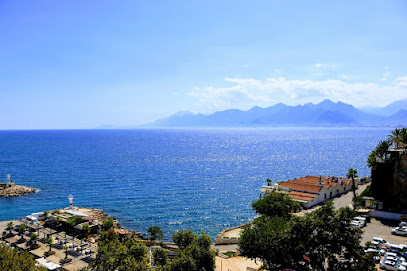
Suna & İnan Kıraç Kaleiçi Museum
Explore the rich cultural tapestry of Antalya at the Suna & İnan Kıraç Kaleiçi Museum, where history and art come alive in a captivating setting.

Kecili Park
Explore Kecili Park in Antalya, a lush and tranquil oasis perfect for relaxation, picnics, and enjoying nature's beauty amidst urban life.
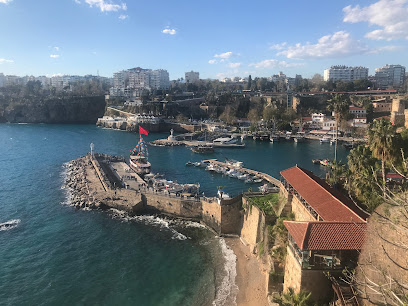
Dervish Lodge Museum
Explore the Dervish Lodge Museum in Antalya for a unique glimpse into Mevlevi spirituality and cultural heritage, a serene retreat for all visitors.
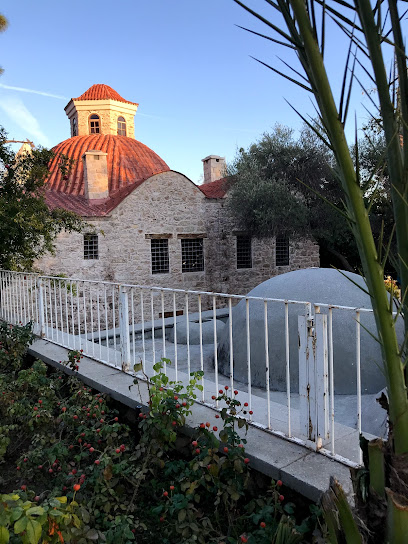
Antalya Kalesi
Uncover the historical gems of Antalya Kalesi, a majestic fortress offering stunning views and rich cultural experiences in Turkey's beautiful Antalya.

Kecili Park viewing platform
Experience unparalleled panoramic views of Antalya's harbor and mountains at Kecili Park Viewing Platform, a top tourist attraction in Turkey.
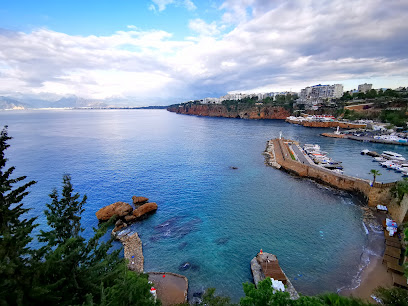
Essential places to dine
Ayar Meyhanesi
Experience authentic Turkish flavors at Ayar Meyhanesi in Antalya - a lively meyhane offering delicious cuisine in a vibrant setting.
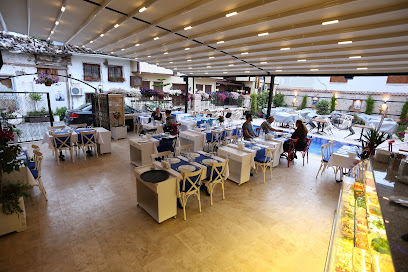
Old Town Restaurant- KALEIÇI
Experience authentic Turkish cuisine in Kaleiçi's historic heart at Old Town Restaurant - where every dish tells a story.
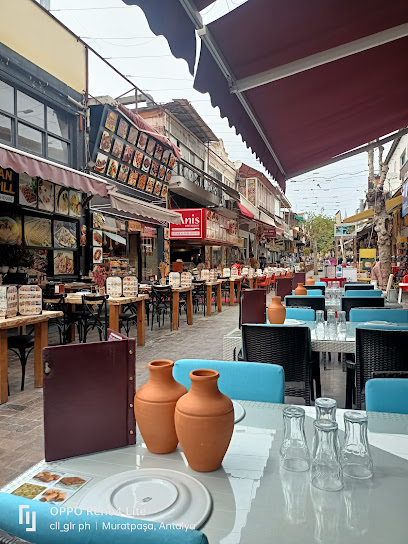
ŞAMPİYON KOKOREÇ KALEİÇİ
Experience authentic Turkish flavors at ŞAMPİYON KOKOREÇ KALEİÇ in Antalya, where every dish tells a story.

Kaleiçi Meyhanesi
Experience authentic Turkish cuisine at Kaleiçi Meyhanesi in Antalya's historic district - a culinary delight surrounded by vibrant culture.
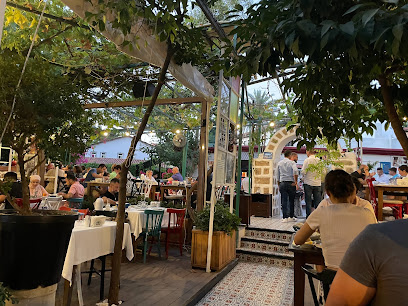
Balıkçı Meyhanesi Kaleiçi
Savor authentic Turkish seafood at Balıkçı Meyhanesi Kaleiçi - where tradition meets taste in the heart of Antalya.
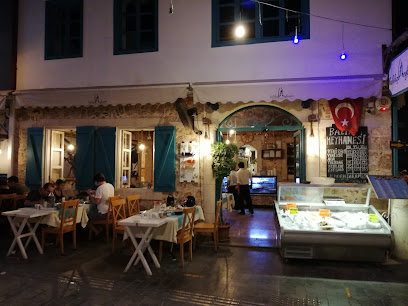
Seraser Fine Dining Restaurant
Experience exquisite Turkish cuisine at Seraser Fine Dining Restaurant, where tradition meets innovation in Antalya's vibrant culinary scene.
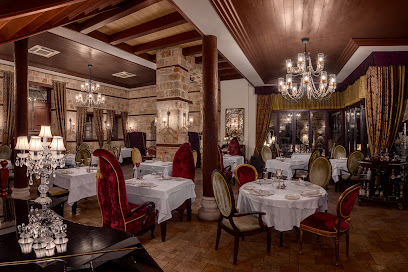
Mermerli Restaurant
Experience exquisite Turkish cuisine at Mermerli Restaurant with breathtaking views of the Mediterranean in Antalya.
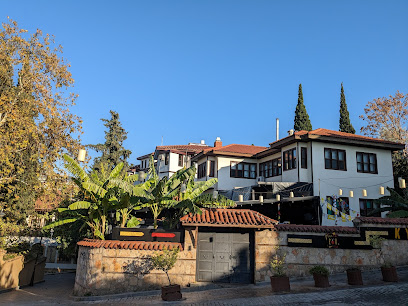
Ekici Restaurant
Discover authentic Turkish flavors at Ekici Restaurant in Antalya - a delightful blend of tradition and taste awaits you.
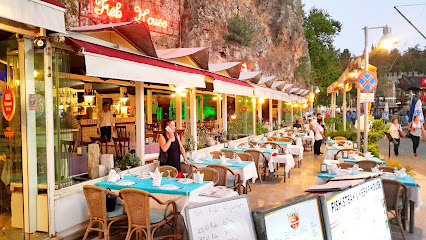
Vista Restaurant
Experience exquisite Turkish cuisine with stunning Mediterranean views at Vista Restaurant in Antalya.
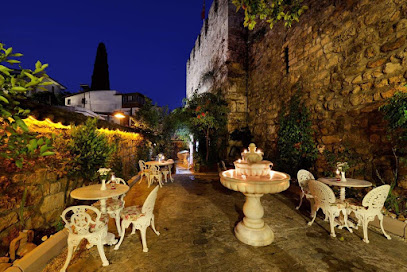
Alp Paşa Restaurant
Experience the finest Mediterranean and Turkish cuisine in the heart of Antalya's historic Kaleici district at Alp Paşa Restaurant.
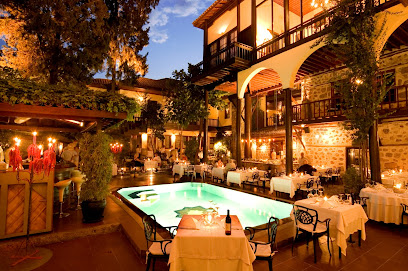
Markets, malls and hidden boutiques
Best Bazaar
Explore the Best Bazaar in Antalya – a vibrant shopping destination for unique gifts, clothing, and local craftsmanship.
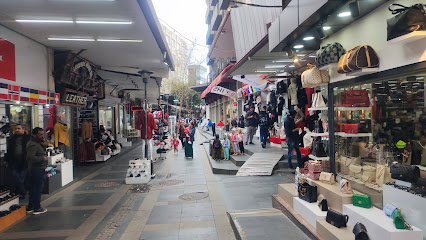
ANTİK BAZAAR
Explore the vibrant Antik Bazaar in Antalya for unique crafts, antiques, and a taste of local culture.

Aphrodite Türkiye
Explore Aphrodite Türkiye in Antalya for unique gifts, fashion accessories, and a taste of local culture, perfect for every traveler.
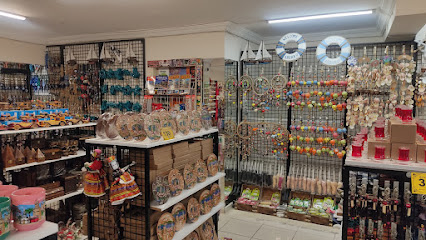
YAZ DÜKKAN KALEİÇİ
Discover unique local designs and enjoy a cozy coffee break at Yaz Dükkan Kaleiçi, a charming gift shop in the heart of Antalya.
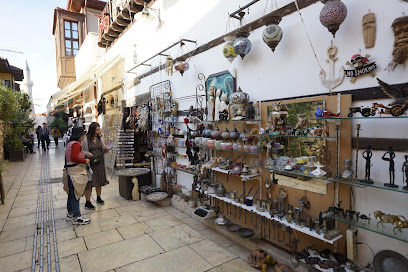
Pink Silver
Explore Pink Silver in Antalya for exquisite handcrafted silver pieces and authentic souvenirs that celebrate the region's rich cultural heritage.
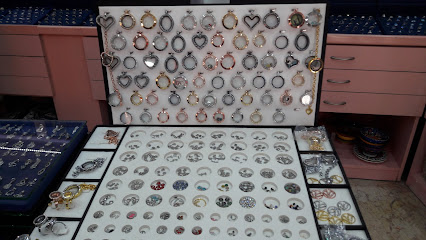
Koori Tex
Explore Koori Tex, a boutique in Antalya offering exquisite local crafts, unique fashion, and a taste of Turkish artistry.
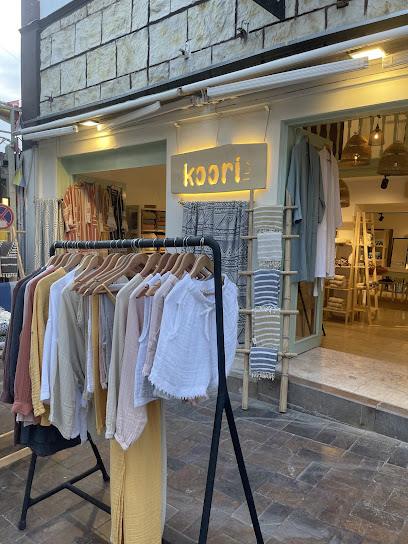
Pasa Souvenir
Explore the charm of Pasa Souvenir in Antalya—your go-to destination for authentic Turkish gifts and unique treasures.
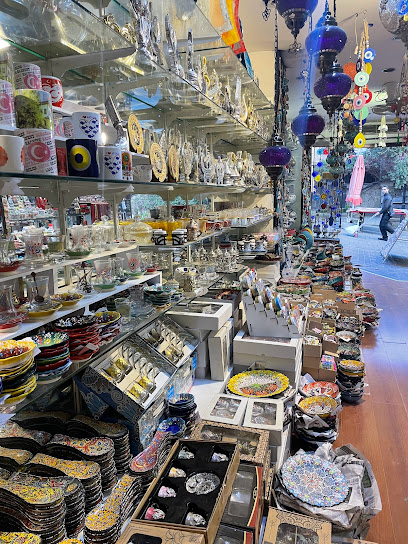
Gülizar Leather Collection
Explore exquisite craftsmanship at Gülizar Leather Collection, where tradition meets contemporary style in the heart of Antalya's Kaleiçi.

Paradise Gift
Explore a treasure trove of authentic Turkish gifts at Paradise Gift in Kaleiçi, Antalya – a perfect spot for unique souvenirs and local crafts.
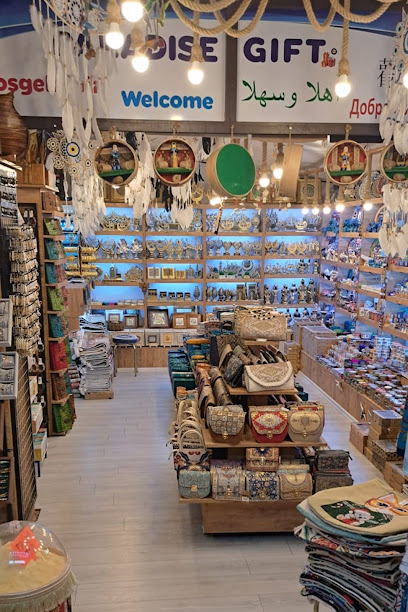
Lady's hand boutique
Explore unique handcrafted treasures at Lady's Hand Boutique in Antalya, where every item reflects the rich cultural heritage of Turkey.
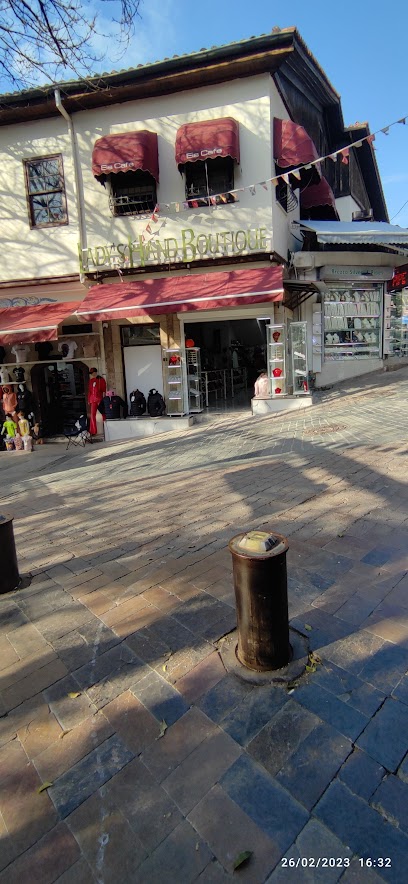
Essential bars & hidden hideouts
Sponge Pub Kaleiçi
Experience the pulsating rhythm of Antalya at Sponge Pub Kaleiçi, where live music and local flavor collide in an unforgettable night out.
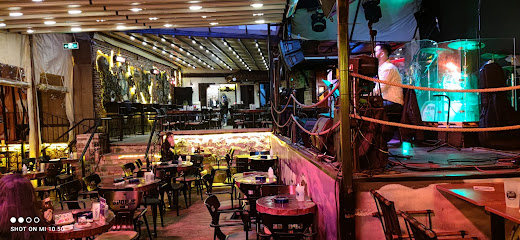
Çöplük Cafe & Bar
Experience the vibrant atmosphere of Çöplük Cafe & Bar in Antalya, where great food and drinks meet a lively social scene.

Dubh Linn Irish Pub
Discover the lively atmosphere and authentic Irish experience at Dubh Linn Irish Pub in Antalya, a must-visit for tourists seeking local flavor.
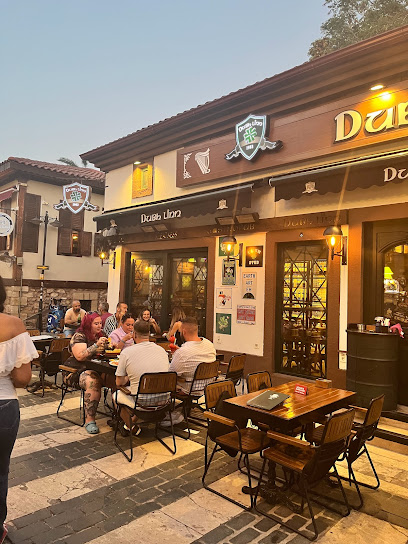
Simurg Cafe & Bar
Discover the charming Simurg Cafe & Bar in Antalya, where a cozy cafe atmosphere meets a lively bar experience, perfect for all visitors.
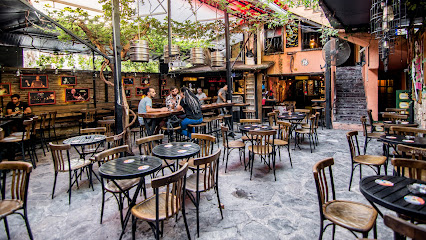
The Rock Bar
Experience the vibrant nightlife at The Rock Bar in Antalya, where live rock music and a lively atmosphere await every music lover.
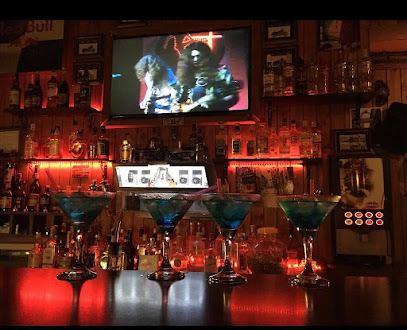
Nobel 1(kaleiçi) Cafe & Bar & Restoran
Discover the charm of Nobel 1(kaleiçi) Cafe & Bar & Restoran, where delightful cuisine meets the vibrant atmosphere of Antalya's Kaleiçi district.
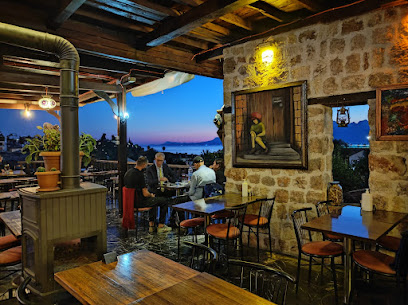
X Pub&Bistro&Otel
Experience the perfect blend of dining, nightlife, and accommodation at X Pub&Bistro&Otel, the heart of Antalya's vibrant social scene.

Mirror Gastro & Pub
Enjoy a delightful mix of refreshing drinks and tasty bites at Mirror Gastro & Pub in Antalya, where the lively atmosphere keeps the night alive.
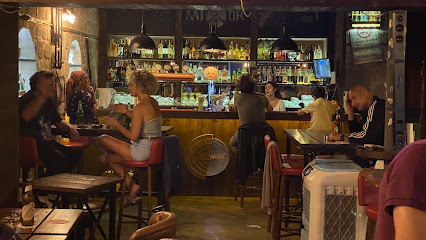
Malt
Discover the heartbeat of Antalya’s nightlife at Malt, a live music bar where every night is a celebration of local talent and vibrant energy.
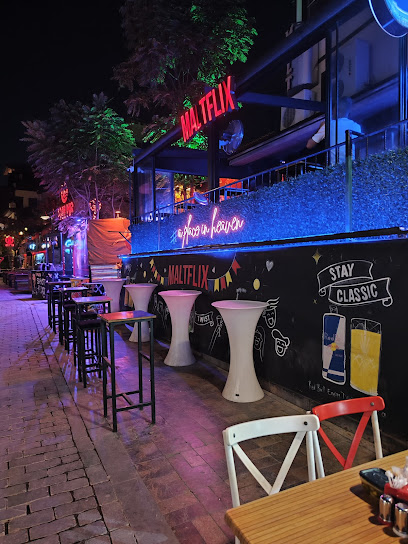
Ronin Club Antalya
Discover Ronin Club Antalya, where the nightlife comes alive with DJ beats, live music, and a lively beer garden atmosphere.
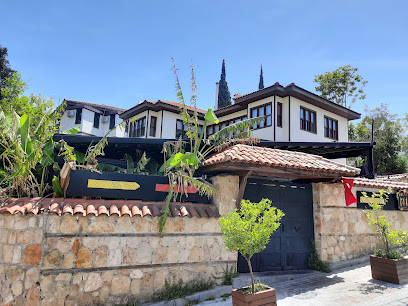
Local Phrases
-
- HelloMerhaba
[Mer-ha-ba] - GoodbyeHoşça kal
[Hosh-cha kal] - YesEvet
[Eh-vet] - NoHayır
[Ha-yur] - Please/You're welcomeLütfen
[Loot-fen] - Thank youTeşekkür ederim
[Te-shek-kur eder-im] - Excuse me/SorryÖzür dilerim
[Ozur dee-le-rim] - How are you?Nasılsınız?
[Nah-suhl-suh-nuhz] - Fine. And you?İyiyim, ya siz?
[Ee-yee-yim, ya siz?] - Do you speak English?İngilizce konuşuyor musunuz?
[Ing-ee-leez-je konu-shu-yor mus-un-uz] - I don't understandAnlamıyorum
[An-la-muh-yor-um]
- HelloMerhaba
-
- I'd like to see the menu, pleaseMenüyü görmek istiyorum, lütfen
[Men-oo-yu germ-ek is-tee-yor-um, loot-fen] - I don't eat meatEt yemem
[Et ye-mem] - Cheers!Şerefe!
[She-re-fe] - I would like to pay, pleaseÖdemek istiyorum, lütfen
[O-de-mek is-tee-yor-um, loot-fen]
- I'd like to see the menu, pleaseMenüyü görmek istiyorum, lütfen
-
- Help!Yardım edin!
[Yar-dum eh-din] - Go away!Uzaklaş!
[Oo-zak-lash] - Call the Police!Polisi arayın!
[Po-lee-see a-ry-un] - Call a doctor!Doktor çağırın!
[Dok-tor cha-ee-rin] - I'm lostKayboldum
[Kai-bol-dum] - I'm illHastayım
[Has-tai-yum]
- Help!Yardım edin!
-
- I'd like to buy...Satın almak istiyorum...
[Sat-un al-mak is-tee-yor-um] - I'm just lookingSadece bakıyorum
[Sa-de-je ba-ku-yor-um] - How much is it?Ne kadar?
[Neh ka-dar] - That's too expensiveÇok pahalı
[Chok pa-ha-luh] - Can you lower the price?Fiyatı düşürebilir misiniz?
[Fee-yat-uh doo-shu-re-be-leer mis-in-iz]
- I'd like to buy...Satın almak istiyorum...
-
- What time is it?Saat kaç?
[Sa-at kach] - It's one o'clockSaat bir
[Sa-at beer] - Half past (10)Saat on buçuk
[Sa-at on boo-chuk] - MorningSabah
[Sa-bah] - AfternoonÖğleden sonra
[O-le-den af-te-rna] - EveningAkşam
[Ak-sham] - YesterdayDün
[Doon] - TodayBugün
[Boo-goon] - TomorrowYarın
[Yar-uhn] - 1Bir
[Beer] - 2İki
[Ee-kee] - 3Üç
[Oo-ch] - 4Dört
[Durt] - 5Beş
[Besh] - 6Altı
[Al-tuh] - 7Yedi
[Ye-dee] - 8Sekiz
[Se-keez] - 9Dokuz
[Do-kooz] - 10On
[On]
- What time is it?Saat kaç?
-
- Where's a/the...?...nerede?
[Ner-eh-deh] - What's the address?Adres nedir?
[Ad-res neh-deer] - Can you show me (on the map)?(Haritada) gösterebilir misiniz?
[(Ha-ree-ta-da) gos-te-re-bil-eer mis-in-iz] - When's the next (bus)?Sonraki (otobüs) ne zaman?
[Son-rah-kee (o-to-bus) neh za-man] - A ticket (to ....)Bir bilet (....'a)
[Beer bee-let (....uh)]
- Where's a/the...?...nerede?
History of Kaleici
-
Kaleici, the historic center of Antalya, bears witness to its ancient past dating back to the Roman period. Originally known as Attaleia, the city was founded by King Attalos II of Pergamon in the 2nd century BC. Its strategic coastal location made it a vital port for trade and military operations. Remnants of Roman architecture, including the well-preserved Hadrian's Gate, highlight this influential period.
-
Following the decline of the Roman Empire, Kaleici became part of the Byzantine Empire. The neighborhood saw the construction of churches and fortifications during this time. In the late 11th century, the Seljuk Turks invaded the region, leading to significant cultural influences, including the introduction of Islamic architecture, evident in structures like the Yivli Minare Mosque.
-
The Ottoman Empire's rise in the 15th century brought further development to Kaleici. The neighborhood became a vibrant hub of trade and culture, with the construction of traditional wooden houses and bustling bazaars. The influence of the Ottomans is still visible in the architecture and layout of Kaleici, where narrow streets and historic buildings create a unique atmosphere.
-
The early 20th century marked a period of significant change for Kaleici as Antalya expanded beyond its historical boundaries. While modernization brought new infrastructure, efforts to preserve Kaleici's historical character began in the late 20th century. This led to restoration projects that aimed to maintain its cultural heritage while accommodating tourism.
-
In recent decades, Kaleici has undergone revitalization, transforming into a cultural and tourist hotspot. The neighborhood hosts numerous festivals, art galleries, and cultural events, celebrating its rich history. Kaleici's blend of ancient ruins, Byzantine churches, and Ottoman houses, alongside its vibrant street life, makes it a living testament to Antalya's historical journey.
Kaleici Essentials
-
Kaleici is centrally located in Antalya and can be easily accessed from other neighborhoods. If you're coming from the Antalya Airport, you can take a taxi or use a shuttle service to reach Kaleici in about 20-30 minutes. From the main bus station (Otogar), local buses (Number 600) can take you to Kaleici in approximately 30 minutes. For those already in Antalya, a short walk from the nearby neighborhoods or a quick ride on a local dolmus (minibus) will also get you there.
-
Kaleici is best explored on foot due to its narrow, winding streets and pedestrian-friendly layout. Many attractions are within walking distance of each other. Taxis are available for longer distances, and you can find bicycle rentals in the area if you prefer cycling. Local buses and trams can take you to other parts of Antalya, but within Kaleici, walking is the most enjoyable way to soak in the historical ambiance.
-
Kaleici is generally safe for tourists, but standard precautions should always be taken. Avoid poorly lit areas at night and keep your belongings secure. While violent crime is rare, petty crimes such as pickpocketing may occur, especially in crowded areas or markets. Areas like the harbor, while beautiful, can sometimes attract opportunistic thieves, so remain vigilant in these spots.
-
In case of emergency, dial 112 for medical assistance or 155 for police assistance in Turkey. The nearest hospital is located in the city center, and there are pharmacies available throughout Kaleici for minor health issues. It is advisable to have travel insurance that covers medical emergencies. Make sure to have the contact numbers of your embassy handy.
-
Fashion: Do dress modestly, especially when visiting religious sites such as mosques. Avoid wearing revealing clothing. Religion: Do respect local customs and traditions. When entering a mosque, remove your shoes and cover your head if required. Public Transport: Do be courteous to others; give up your seat to elderly passengers. Don't engage in loud conversations on public transport. Greetings: Do greet locals with a smile and a friendly handshake. Eating & Drinking: Do try local dishes, particularly seafood and traditional Turkish delights. Don't eat or drink in public places during Ramadan, as it may be considered disrespectful.
-
To experience Kaleici like a local, visit the local markets for fresh produce and handmade goods. Engage with shop owners and artisans, as they often have fascinating stories about their crafts and the area. Don't miss the opportunity to try Turkish tea in a traditional tea house. Additionally, explore the lesser-known alleys of Kaleici to discover hidden gems such as small galleries and local eateries away from the tourist trail.
-
When visiting local mosques, it's important to dress conservatively. Women should cover their arms and legs, and men should avoid shorts. Always ask for permission before taking photos of locals, especially in more traditional areas. During religious holidays, be respectful of local customs and practices, which may include fasting or communal prayers.
Nearby Cities to Kaleici
-
Things To Do in Alanya
-
Things To Do in Fethiye
-
Things To Do in Pamukkale
-
Things To Do in Konya
-
Things To Do in Marmaris
-
Things To Do in Rhodes
-
Things To Do in Polis Chrysochous
-
Things To Do in Paphos
-
Things To Do in Kato Paphos
-
Things To Do in Kyrenia
-
Things To Do in Bodrum
-
Things To Do in Troodos
-
Things To Do in Kos
-
Things To Do in Pissouri
-
Things To Do in Nicosia



